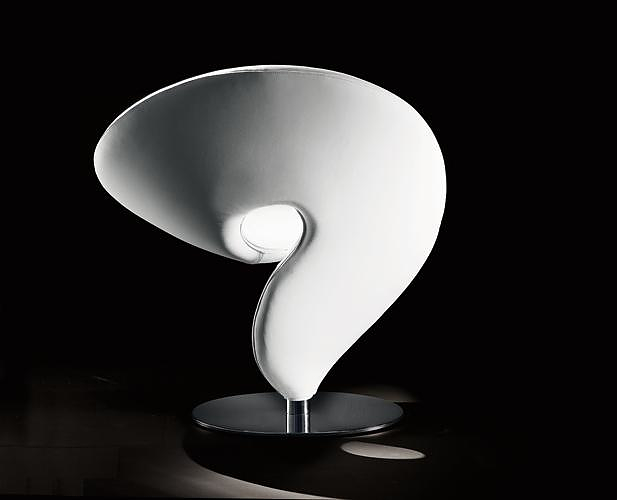Why is it called die casting?
Why is it called die casting?
Dies. The “die” is the term given
to the actual tool steel mold that the liquid metal is poured into. ... The fixed die half is attached to the stationary platen of the casting machine, whereas the ejector half is attached to the movable platen.
What are the advantages of die casting?
Advantages of Die Casting- Die casting provides complex shapes within closer tolerances than many other mass production processes.
- Die Castings are produced at high rates of production. ...
- Die casting provides parts which are durable, dimensionally stable, and have the feel and appearance of quality.
How accurate is die casting?
Zinc die casting can produce components with
a high degree of accuracy and volume. More often than not this rivals machining tolerances and can be used to cast closer tolerances than any other metal or moulded plastic. Due to this, there are no other processes that can easily achieve the same net shape performance.
What are casting dies made of?
Most die castings are made from
non-ferrous metals, specifically zinc, copper, aluminium, magnesium, lead, pewter, and tin-based alloys. Depending on the type of metal being cast, a hot- or cold-chamber machine is used.
What is the difference between die and cast?
The biggest and most obvious difference between the die and sand casting process is
the materials used to form the molds. As we reviewed above, die casting uses a metal mold, while sand casting uses a mold made out of sand.
Who uses die casting?
Die casting is often used to make
components for the automotive industry or decorative hardware and many other small components. In fact, die-cast parts can be found in many things; you are probably just unaware that they are made from die-cast metal. Locks and gears are common finished products.
Is die casting fast?
Die casting is one of the
most economical and quickest forming processes. The advantages of this production process are that hundreds of thousands of castings can be produced relatively quickly by using just one mold.
What are disadvantages of die casting?
Disadvantages of die casting:- Not applicable for high melting point metals and alloys (eg. steels)
- Large parts can not be cast.
- High die cost.
- Too long lead time.
- Some gases my be entrapped in form of porosity.
What are the disadvantages of die casting?
Disadvantages of die casting:- Not applicable for high melting point metals and alloys (eg. steels)
- Large parts can not be cast.
- High die cost.
- Too long lead time.
- Some gases my be entrapped in form of porosity.
Why does die casting produce the smallest cast parts?
11.19) Why does die casting produce the smallest cast parts? Die casting
involves high pressures. So, it is possible to make cast pieces with lower wall thickness than those cast by other methods. ... Sand casting is more adept for producing very intricate, large pieces at lower cost than those of permanent mold casting.
What is difference between pattern and casting?
Casting is the process of pouring liquid metal into a mold, where it cools and solidifies. ... Patterns are a model for the object to be cast. A pattern
makes an impression on the mold, liquid metal is poured into the mold, and the metal solidifies in the shape of the original pattern.
What is the best material for making a mold?
Most mold making materials are utilized are made from
natural or manmade rubber because of their flexibility and the ability to reproduce extraordinary detail. But some molds are made with more rigid materials such as gypsum plasters. The most common mold rubbers are natural latex, polyurethane, epoxy and silicone.
Can I die cast stainless steel?
Since
you cannot die cast stainless steel, many companies take to investment casting or machining not realizing that metal injection molding (MIM) is a great alternative for high volume, complex stainless steel molds.
Why is Aluminium used in die casting?
As a lightweight metal, the most popular reason for utilizing aluminum die casting is that
it creates very lightweight parts without sacrificing strength. Aluminum die cast parts also have more surface finishing options and can withstand higher operating temperatures than other non-ferrous materials.
Why riser is not used in die casting?
Die cast parts generally have smaller sections than sand cast parts; a riser used in die casting will not provide molten metal to
the casting because the thin sections solidify and block the flow of molten metal to the remainder of the mold.
Why can the liquid metal be poured into a block shaped mold?
Metal enters a pouring cup to minimize splash and turbulence into a downsprue and then enters a runner leading into the main cavity. ... Resovoir in the mold which is a source of liquid metal to
compensate for shrinkage of the part during solidification.
What are the 10 types of pattern?
10 Commonest Types of Patterns in Casting- Single Piece Pattern. Single piece pattern, also called solid pattern is the lowest cost casting pattern. ...
- Two-Piece Pattern. ...
- Multi Piece Pattern. ...
- Match Plate Pattern. ...
- Gate Pattern. ...
- Skeleton Pattern. ...
- Sweep Pattern. ...
- Loose Piece Pattern.
Why are patterns bigger than casting?
Contraction allowance After solidification has completed the dimensional size will then undergo linear contraction. This linear contraction proceeds right through cooling to room temperature. To compensate for this, the pattern is made larger than the required casting.
What diseases are caused by mold?
These conditions include asthma (either newly diagnosed or worsening of existing asthma), the lung conditions called
interstitial lung disease and hypersensitivity pneumonitis, sarcoidosis, and recurring cold-like symptoms, sinus infections, and hoarseness.
What can I make a mold out of?
0:027:30Easy Mold Making (Mould) - For Candle Or Resin Molds - YouTubeYouTube
